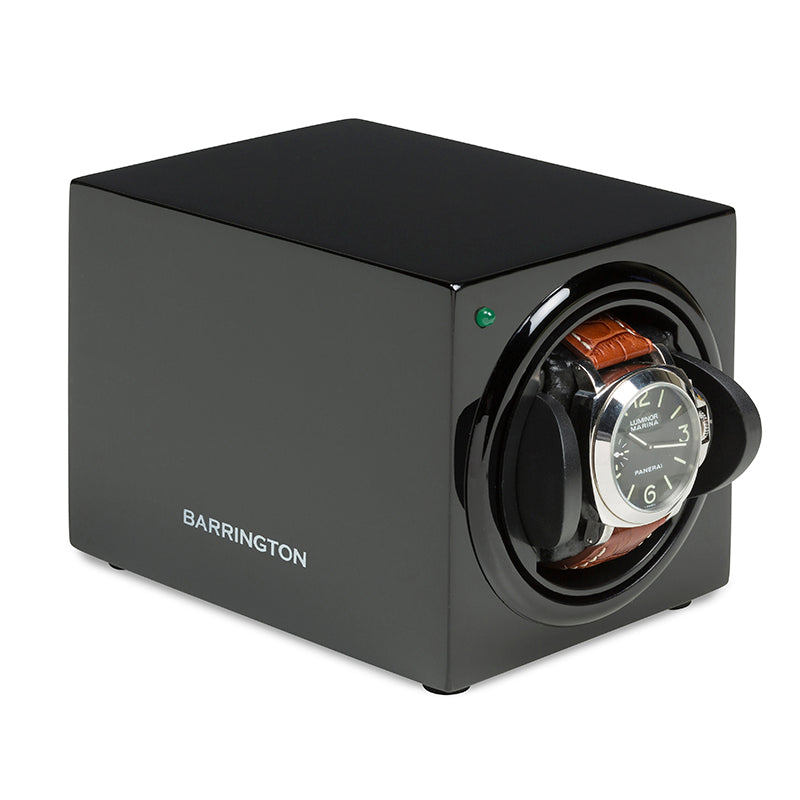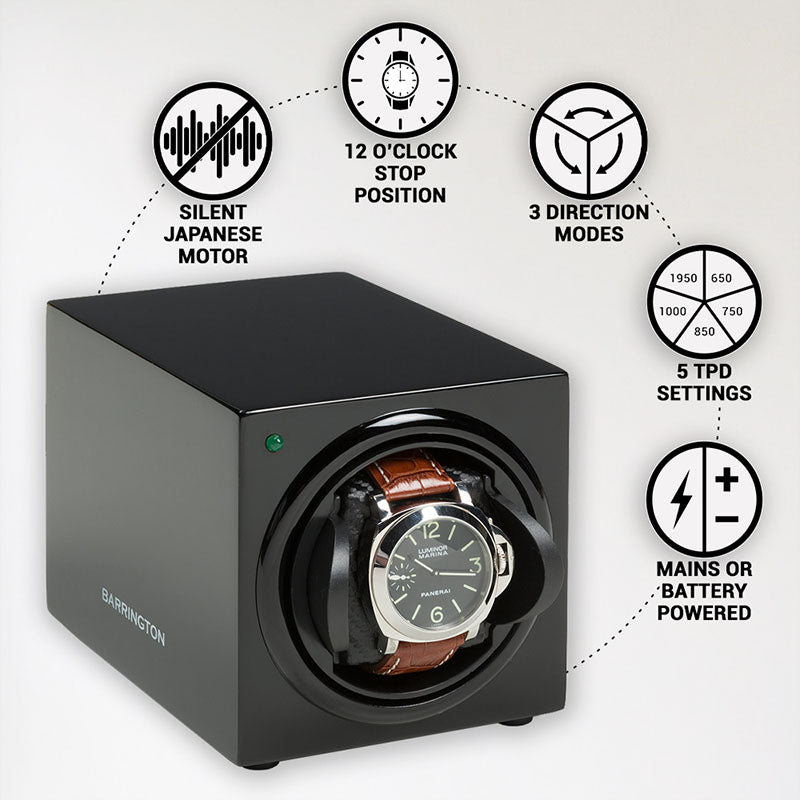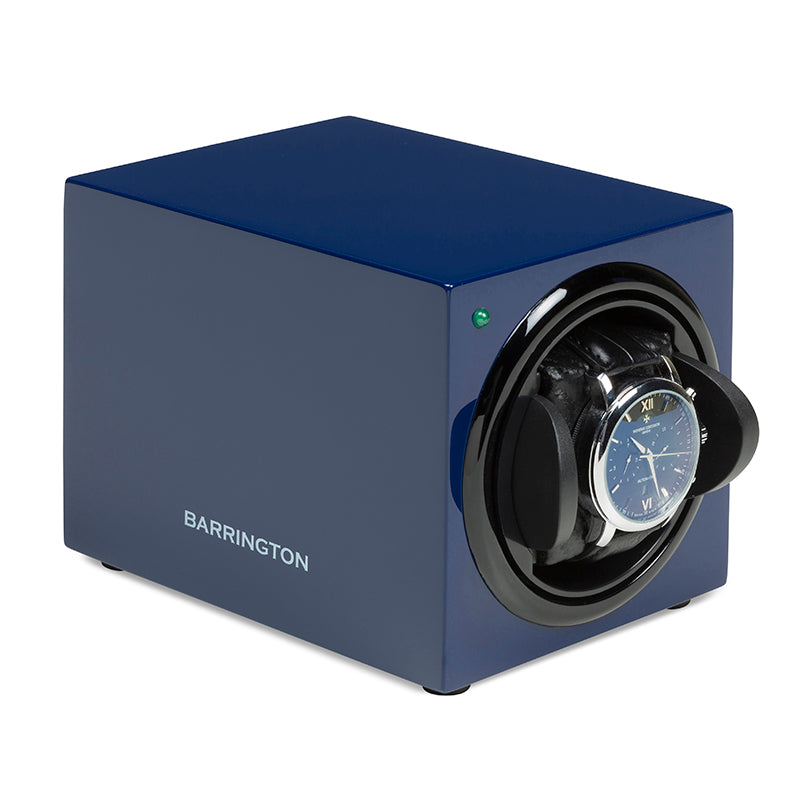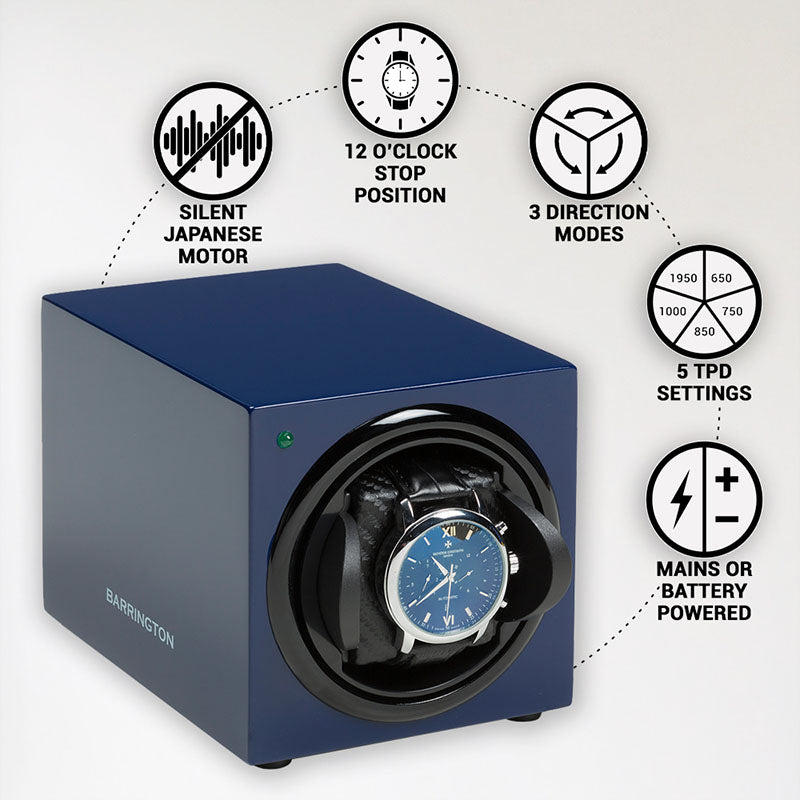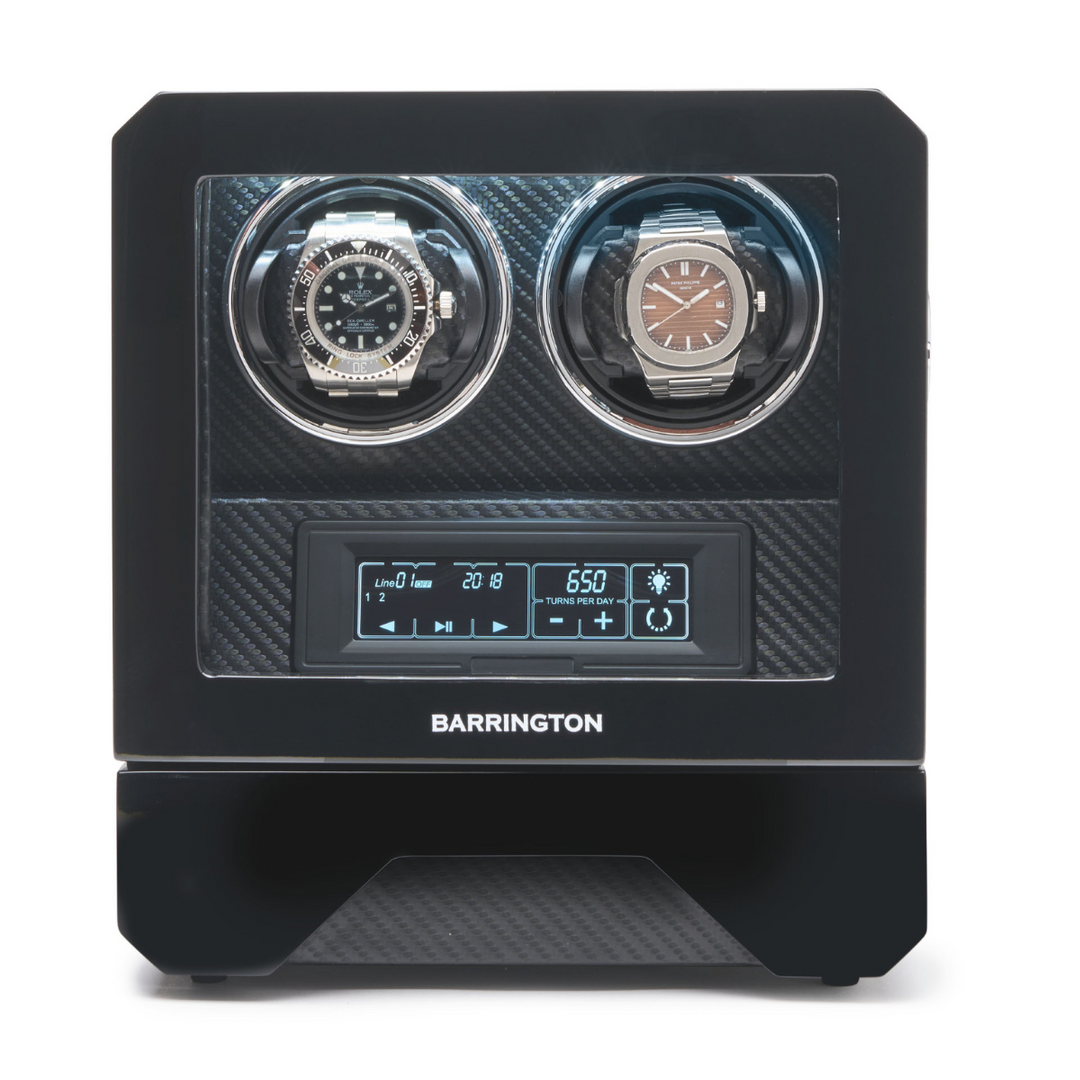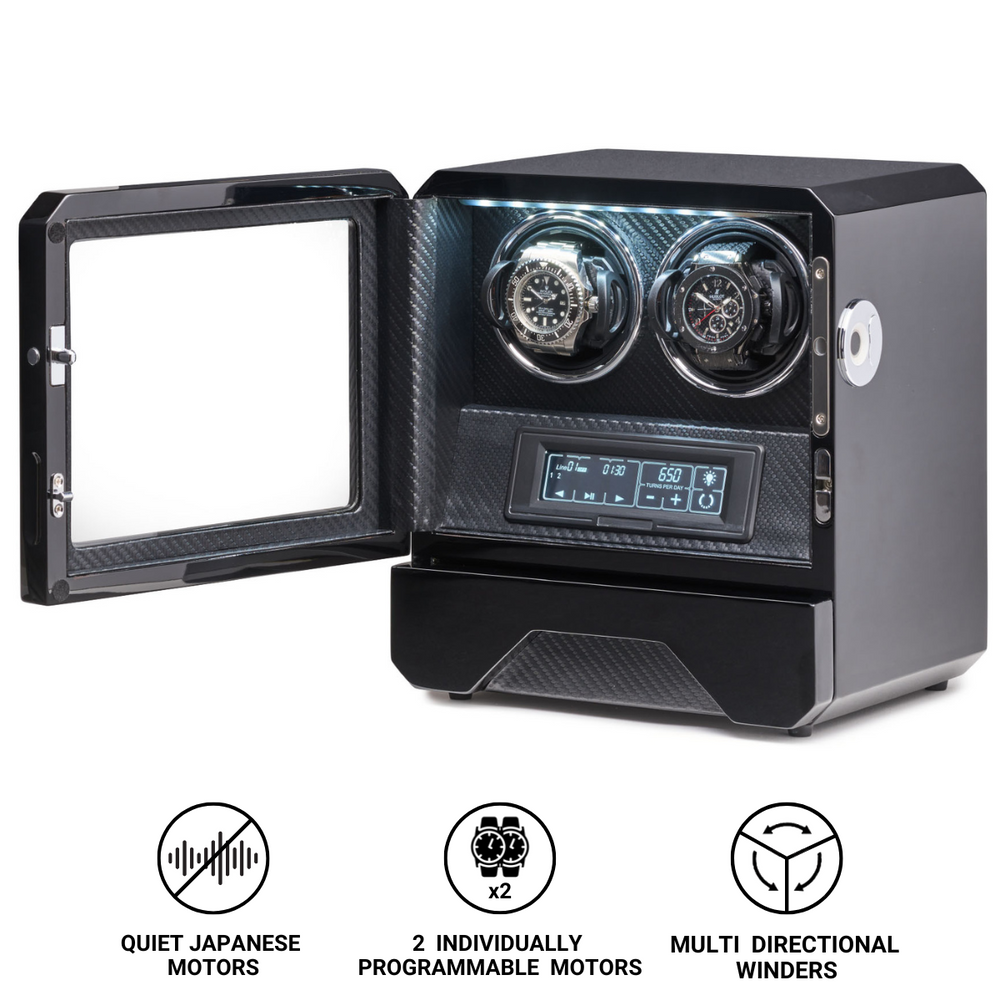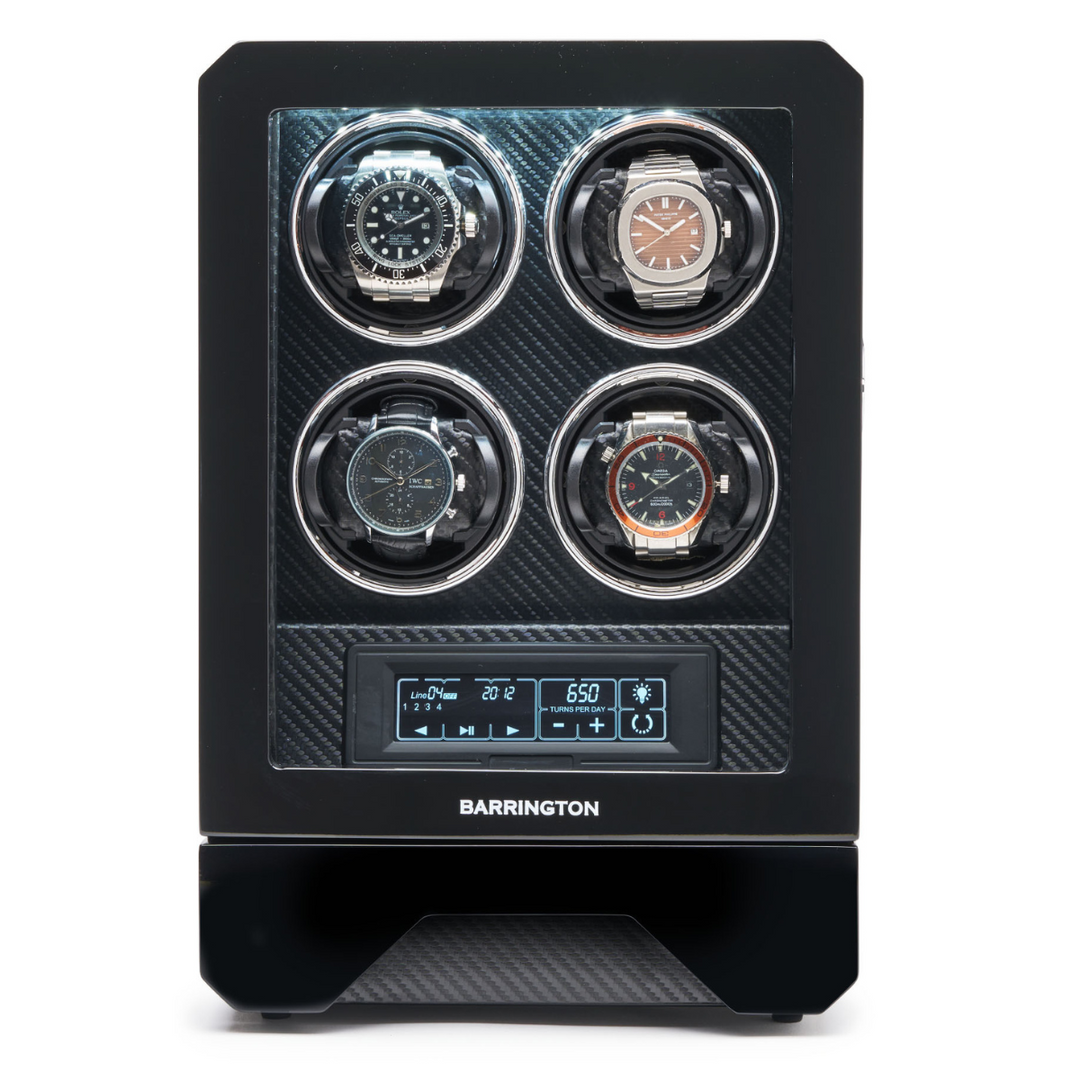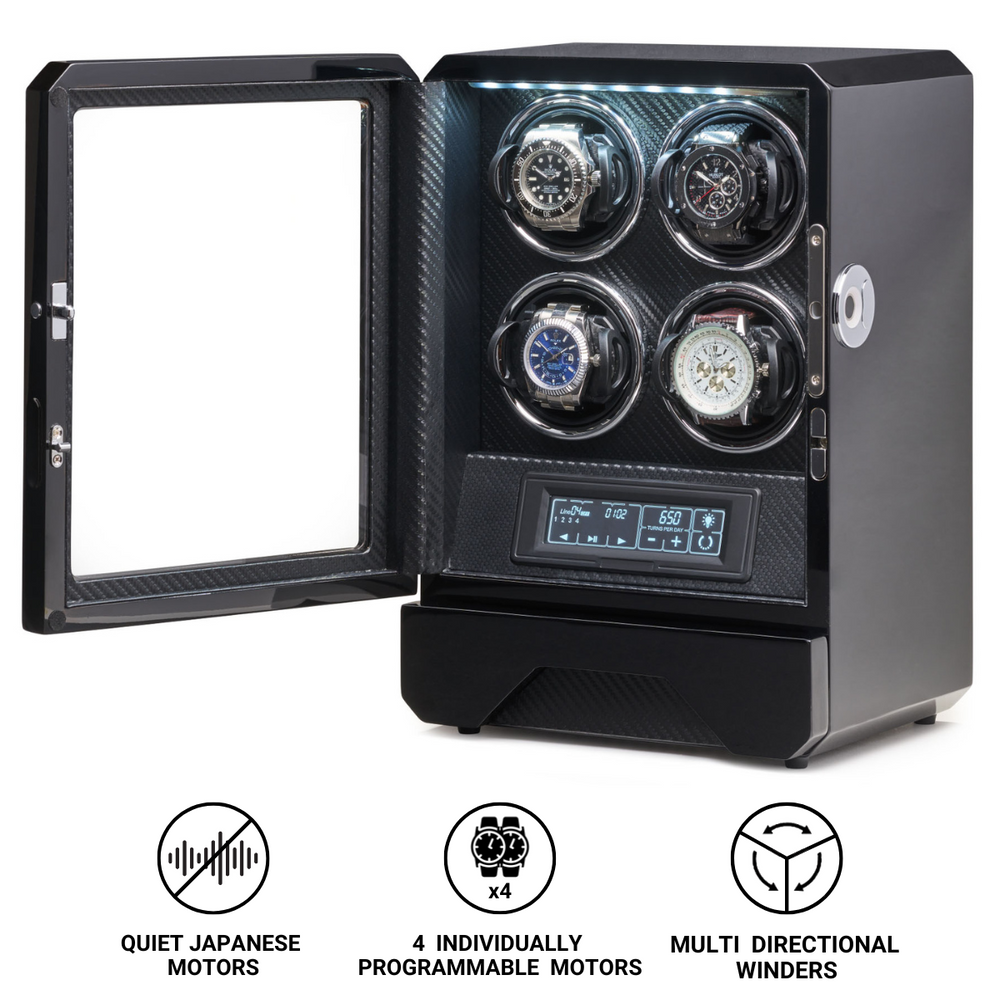What is Chronograph Rattrapante?
Among all complications in mechanical watchmaking, few inspire as much admiration and respect as the chronograph rattrapante. Also known as a split-seconds chronograph, this mechanism represents one of the highest achievements in precision engineering, allowing the wearer to measure intermediate or lap times while continuing to track the total elapsed time. The rattrapante takes the familiar chronograph function and transforms it into something more intricate, refined, and technically mesmerising.
To the untrained eye, a chronograph rattrapante may look like any other stopwatch-equipped watch. Yet behind its familiar dial lies an extraordinary feat of mechanical ingenuity. It combines two central seconds hands that move in perfect synchrony until the user activates the split function, at which point they separate to record two different timings. The complexity required to achieve this, while maintaining perfect synchronisation and mechanical stability, makes the rattrapante one of the most sophisticated complications in all of horology.
The Origins of the Rattrapante
The rattrapante complication has its roots in the 19th century, an era when precision timekeeping became essential in science, navigation, and sport. The word “rattrapante” comes from the French verb “rattraper,” meaning “to catch up.” It perfectly describes how one of the chronograph’s seconds hands can be stopped to measure an intermediate time, and then catch up with the running hand when released.
Early rattrapante mechanisms appeared in pocket watches during the 1800s. The first known split-seconds chronograph was patented in 1838 by Adolphe Nicole, a Swiss watchmaker whose innovations laid the groundwork for modern chronographs. Later, masters such as Patek Philippe, Longines, and Breguet refined the design, creating instruments used in scientific research, sports competitions, and the military.
When wristwatches became popular in the early 20th century, adapting the rattrapante function to a smaller case was a major technical challenge. By the mid-1900s, the complication had become a symbol of craftsmanship and exclusivity, appearing mainly in high-end chronographs produced in small numbers.
Understanding the Mechanism
At first glance, a chronograph rattrapante appears to have a single central chronograph seconds hand. However, there are actually two hands stacked on top of each other. When the chronograph is started, both hands move together. When the split button (often located at 10 o’clock or co-axially with the crown) is pressed, one of the hands stops to record an intermediate time, while the other continues to move.
Pressing the split button again causes the stopped hand to instantly “catch up” with the moving hand, resuming their synchronised motion. This catching-up action is the defining feature of the rattrapante and the source of its name.
Mechanically, the system requires a complex interplay of clutches, levers, and wheels. In a traditional chronograph, the seconds hand is controlled by one column wheel. In a rattrapante, an additional column wheel and clutch mechanism are added to manage the split-seconds hand. This duplication greatly increases complexity and requires microscopic tolerances to ensure both hands move smoothly and precisely without interference.
A major technical challenge lies in maintaining the chronograph’s amplitude and accuracy when the split-seconds hand is stopped. The movement must continue running without losing energy, and the split hand must rejoin the running hand seamlessly when released. Watchmakers often use a specialised isolating mechanism to achieve this, ensuring that the additional drag from the stopped hand does not affect the balance wheel’s oscillation.
How to Use a Chronograph Rattrapante
The rattrapante function is designed to measure two events that start simultaneously but finish at different times, or to record intermediate intervals within a single timed event.
-
Start the chronograph by pressing the main start pusher. Both central seconds hands begin to move together.
-
When the first event finishes, press the split button. One of the hands stops, allowing you to read the intermediate time, while the other continues to run.
-
Once you have noted the reading, press the split button again. The stopped hand instantly catches up to the moving one.
-
When the second event finishes, press the main stop button to halt the chronograph and record the total elapsed time.
This ability to capture successive time intervals makes the rattrapante particularly useful for sporting events, such as timing multiple runners in a race, or for any situation that requires measuring lap times without interrupting overall timing.
The Engineering Complexity
The addition of a rattrapante mechanism dramatically increases the difficulty of constructing a chronograph. In a standard chronograph, one column wheel and a set of levers coordinate the start, stop, and reset functions. In a rattrapante, a second column wheel must independently control the split-seconds hand, along with additional components such as heart cams, clamps, and springs.
The tolerances between the two seconds hands are measured in fractions of a millimetre. They must move in perfect unison when engaged, separate cleanly without friction when split, and reunite precisely when released. Any deviation in alignment or excessive friction can cause stuttering or energy loss, which would compromise accuracy.
To counter this, many high-end rattrapante watches include an isolator mechanism, a device that disengages the split-seconds wheel when it is stopped. This ensures the main chronograph wheel continues to run smoothly, unaffected by the additional load. Designing and adjusting such a mechanism requires an extraordinary level of skill. Even small misalignments in tension or gear tooth geometry can cause irregular movement.
Because of this complexity, a rattrapante is often considered one of the most demanding complications to design, assemble, and regulate. Only a few watchmakers and manufactures possess the expertise to produce them entirely in-house.
The Evolution of the Rattrapante in Wristwatches
The first rattrapante wristwatches appeared in the early 20th century and were primarily manual-winding instruments made for professionals. Patek Philippe, Longines, and Minerva were among the early leaders in producing such watches, often for military or scientific use.
After World War II, rattrapante chronographs became symbols of prestige and exclusivity, admired as much for their beauty as for their mechanical sophistication. Patek Philippe’s Ref. 1436, produced from the 1930s to the 1970s, remains one of the most sought-after vintage rattrapante watches ever made.
In 1992, IWC redefined the modern perception of the rattrapante with the Doppelchronograph, designed by Richard Habring. This model introduced a more robust and accessible split-seconds mechanism based on the Valjoux 7750 calibre, allowing for greater reliability and lower production costs. It marked the beginning of a new era in which the rattrapante could be found not only in haute horlogerie pieces but also in tool-oriented chronographs.
Today, the rattrapante remains a showcase of horological excellence, featured in both classical and avant-garde designs from brands such as A. Lange & Söhne, Vacheron Constantin, Patek Philippe, and Richard Mille. Each interpretation highlights the manufacturer’s technical prowess and creative vision.
Iconic Rattrapante Watches
Throughout horological history, certain rattrapante models have achieved legendary status for their innovation and craftsmanship.
-
Patek Philippe Ref. 5959: Introduced in 2005, this ultra-thin, manually wound movement contained just 252 components and was celebrated for its elegant simplicity and precision. It represented the pinnacle of classical watchmaking in the rattrapante genre.
-
A. Lange & Söhne Double Split: Released in 2004, this was the first chronograph capable of measuring split times for both seconds and minutes. Its successor, the Triple Split, extended this capability to hours, demonstrating unmatched mechanical sophistication.
-
IWC Doppelchronograph: Known for its rugged design and innovative split-seconds module, it brought the complication to a broader audience while maintaining exceptional reliability.
-
Vacheron Constantin Harmony Ultra-Thin Grande Complication Chronograph: A masterpiece of refinement, combining a rattrapante mechanism with a delicate and classical aesthetic.
Each of these watches illustrates a different aspect of the rattrapante’s evolution, from pure technical innovation to artistic craftsmanship.
The Aesthetic and Emotional Appeal
The beauty of a rattrapante chronograph lies not only in its functionality but also in its visual and tactile qualities. The sight of two seconds hands moving in perfect harmony, then parting and reuniting with a single click, is hypnotic. The smooth operation of the pushers, the precision of the hands’ alignment, and the rhythmic engagement of the mechanism all contribute to the sensory experience of mechanical excellence.
For collectors, owning a rattrapante is about more than utility. It is about appreciating the human achievement behind an incredibly intricate device. The complication embodies the watchmaker’s pursuit of mastery over mechanics, a dialogue between precision and poetry that has defined horology for centuries.
The Modern Role of the Rattrapante
In an age of digital timing and GPS precision, the rattrapante remains a symbol of craftsmanship rather than necessity. It represents the pinnacle of mechanical artistry, where complexity serves not only a purpose but also an aesthetic ideal.
Today, rattrapante chronographs can be found in a range of styles, from traditional dress watches to avant-garde high-performance designs. Haute horlogerie houses continue to refine the complication, pushing boundaries in both technical capability and visual design.
Manufactures such as A. Lange & Söhne, Patek Philippe, and Vacheron Constantin treat the rattrapante as an expression of their engineering identity, while brands like Richard Mille and Hublot integrate it into futuristic materials and contemporary aesthetics. The complication remains an enduring showcase of innovation, bridging centuries of tradition with modern creativity.
Conclusion
The chronograph rattrapante is one of watchmaking’s greatest triumphs, embodying the highest levels of technical mastery, craftsmanship, and artistry. Its ability to measure split times with seamless precision reflects both mechanical ingenuity and the human fascination with capturing fleeting moments.
From 19th-century pocket watches to today’s masterpieces of haute horlogerie, the rattrapante continues to symbolise excellence and complexity. It is not merely a feature but a statement of watchmaking philosophy, where innovation meets tradition in perfect synchrony.
To witness its hands diverge and reunite in motion is to experience time itself in its most refined and poetic form, a testament to the enduring beauty of mechanical horology.


